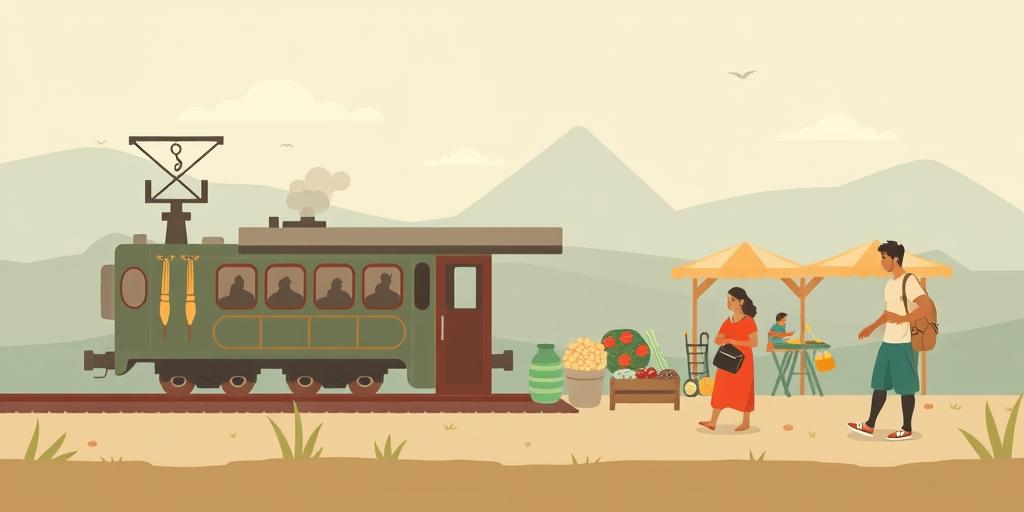The Resurgence of Slow Travel in a Fast-Paced 2025
In an era defined by instant gratification and hyper-connectivity, a counter-movement is quietly gaining momentum: slow travel. As we navigate the complexities of 2025, marked by technological advancements and a relentless pace of life, the allure of slow travel offers a refreshing alternative. This article explores the reasons behind its resurgence and what it means for the future of travel.
What is Slow Travel?
Slow travel is more than just a vacation; it’s a conscious approach to exploring the world. Unlike conventional tourism, which often involves rushing from one landmark to another, slow travel emphasizes quality over quantity. It’s about immersing oneself in the local culture, savoring experiences, and fostering meaningful connections with people and places. This can involve:
- Choosing slower modes of transportation: Opting for trains, buses, or bicycles instead of airplanes.
- Staying in one location for an extended period: Renting an apartment or house to experience daily life.
- Supporting local businesses: Eating at family-owned restaurants and shopping at local markets.
- Engaging in authentic activities: Taking cooking classes, learning a local craft, or volunteering in the community.
Why is Slow Travel Resurging?
Several factors contribute to the growing popularity of slow travel in 2025:
- Burnout from Fast-Paced Life: The constant demands of modern life have left many feeling stressed and disconnected. Slow travel offers an escape from the digital noise and a chance to reconnect with oneself and the world.
- Increased Environmental Awareness: As concerns about climate change intensify, travelers are seeking more sustainable ways to explore. Slow travel often involves lower carbon emissions and supports local economies.
- Desire for Authentic Experiences: In a world saturated with mass-produced goods and homogenized experiences, people are craving authenticity. Slow travel provides opportunities to engage with local cultures on a deeper level.
- Technological Advancements: Ironically, technology also plays a role in the resurgence of slow travel. With tools like translation apps and navigation systems, it’s easier than ever to navigate unfamiliar places and connect with locals.
The Benefits of Slow Travel
The benefits of slow travel extend beyond a relaxing vacation. It offers:
- Reduced Stress: By slowing down and savoring each moment, travelers can reduce stress and improve their mental well-being.
- Deeper Cultural Immersion: Slow travel allows for a more profound understanding and appreciation of different cultures.
- Environmental Sustainability: By choosing slower modes of transportation and supporting local businesses, travelers can minimize their environmental impact.
- Meaningful Connections: Slow travel fosters opportunities to connect with locals and fellow travelers on a more personal level.
How to Embrace Slow Travel in 2025
Embracing slow travel doesn’t require a complete lifestyle overhaul. Here are a few tips to get started:
- Choose a Destination: Opt for a location that interests you and offers opportunities for cultural immersion.
- Plan Your Transportation: Consider taking a train, bus, or bicycle instead of flying.
- Book Accommodation: Look for locally owned guesthouses or apartments.
- Engage with Locals: Strike up conversations with people you meet along the way.
- Be Open to Spontaneity: Allow for unplanned adventures and detours.
The Future of Travel
The resurgence of slow travel in 2025 signals a shift in how we approach travel. As we become more aware of the impact of our choices, we’re seeking more sustainable, authentic, and meaningful experiences. Slow travel offers a way to reconnect with the world and ourselves, one mindful step at a time. It’s not just a trend; it’s a movement towards a more conscious and fulfilling way of exploring the planet.
